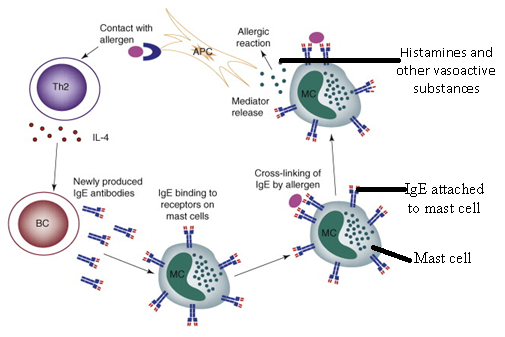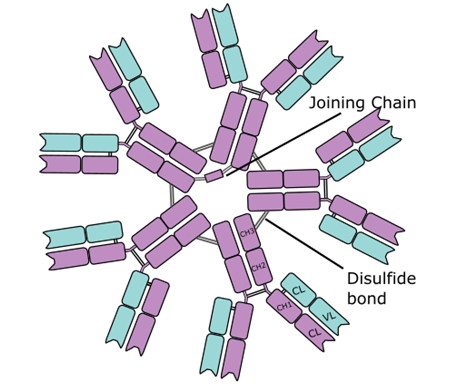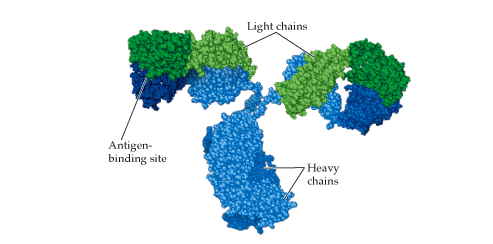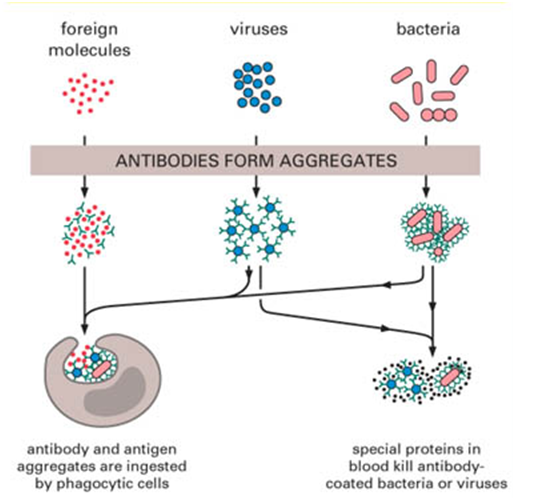IMMUNOGLOBULIN E (IgE)
Immunoglobulin E (IgE) is an antibody that is known to bind to host tissue cells (e.g. mast cells), and it is largely responsible for most hypersensitivity reactions (i.e. allergy) in the body. Some of the symptoms of the allergic reactions mediated by IgE response to the invasion of antigens include anaphylactic shock, hay fever and […]
IMMUNOGLOBULIN E (IgE) Read More »
Immunology & Immune System









